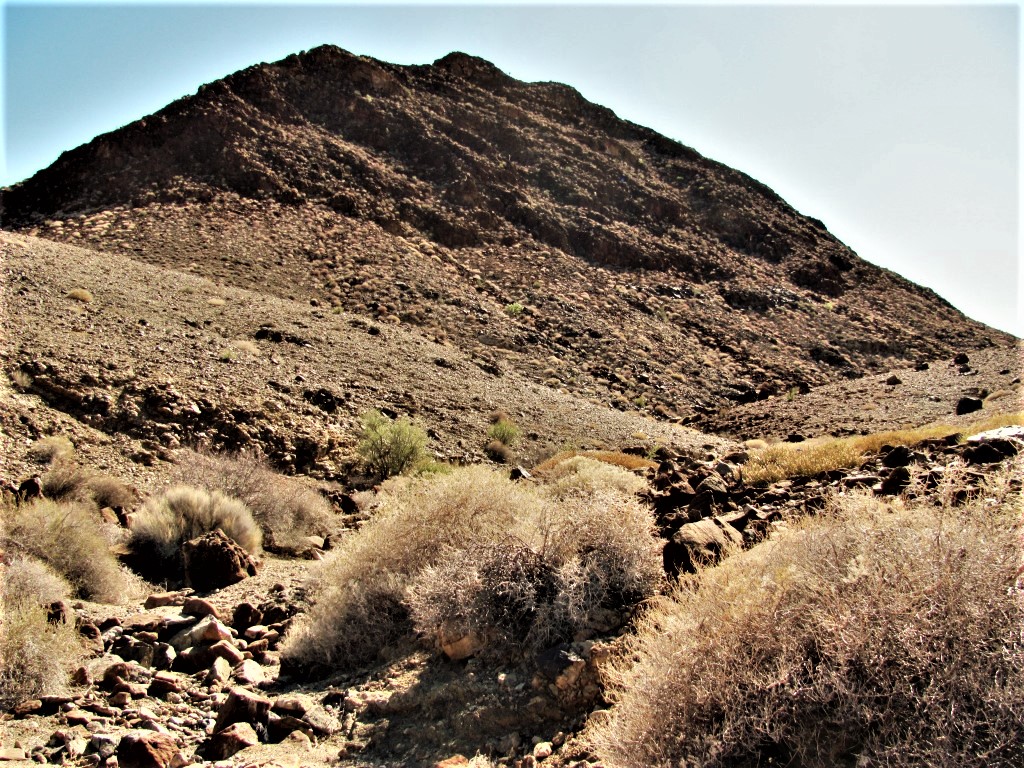The Project
The genesis of carbonatites is typically explained by a combination of factors, including low-degree partial melting of an enriched mantle source, crystal fractionation and carbonate-silicate liquid immiscibility. Previous work by the applicants indicate that carbonatite magmas can be significantly modified by crustal contamination. The relation between emplacement depth, multiple reuse of pathways and carbonatite generation was, however, given only limited attention. In an ideal case study, we would investigate spatially related intrusions covering broad range of igneous silicate rocks and carbonatites. In such an ideal natural laboratory we could study the effect of emplacement depth-related variations and the multiple reuse of pathways which can be evaluated against crustal contamination in a carbonatitic-alkaline igneous province. Such an ideal system with an excellent outcrop situation can be found at the Namibian- South African border at the Kuboos-Bremen Line (KBL). The Kuboos-Bremen-Line complexes show highly variable rock associations, some of them include carbonatites. Two important observations lead to research questions of scientific and economic significance: 1) While the carbonatites of the Marinkas Quellen complex are strongly enriched in HFSE, the eastern carbonatites are barren. 2) Many of the silicate rocks associated with the carbonatites are granites and syenites, but their genetic relations towards each other are not clear. The proposed study will therefore investigate the genetic relationships between granites, quartz syenites, syenites, foid syenites and carbonatites and will be guided by the following hypotheses:
- The behaviour of HFSE and REE in carbonatitic magmas is influenced by source contamination and silicate wall-rock interaction.
- The crosscutting relationships of the individual complexes and available age data suggest progressive evolution of the province from SW to NE evolving from granitic to foid-syenitic/carbonatitic compositions with time and location.
- The rock associations represent two magma suites derived from variable sources that used the same zone of weakness for ascent and emplacement.
To test these alternative scenarios, textural, mineral chemical, isotopic and geochronological data will be gathered and compared for the representative intrusions of the Kuboos-Bremen Line. The expected results will allow to characterize the magmatic to hydrothermal evolution of the whole system in great detail and to reconstruct the genesis of carbonatites in alkaline silicate dominated igneous provinces.

